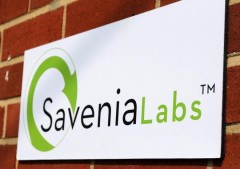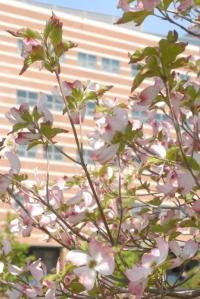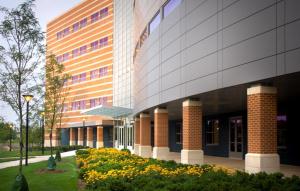 A Bethesda Green Business Incubator company, Savenia Labs recently launched its new Home Ratings service. We spoke to Savenia Founder John Jabara about the new offering.
A Bethesda Green Business Incubator company, Savenia Labs recently launched its new Home Ratings service. We spoke to Savenia Founder John Jabara about the new offering.
So tell us a little about this new service your company has come out with.
Sure, Savenia tells home buyers, for the first time, the lifetime value of what’s in a home before they buy it. We’re talking about energy efficient appliances, lighting, water heaters, solar panels. These things saved you money when you lived in the home – what are these savings worth to the new buyer? That hasn’t been calculated before – and that’s what we do. Home sellers and home buyers want to know how much it costs to run a home, not to mention the environmental impact. This is what we capture on our Savenia Home Rating Label.
So, it’s a little like a BlueBook report for a car.
Exactly, and people forget that BlueBook is not only good for the buyer – but also the seller – because a seller with a car with premium features can get a premium price. But before BlueBook, you could tell people that the car was valuable because it had extra features, but it was hard to quantify. Same for Savenia. Home owners make efficiency improvements to their home all the time, efficient appliances, LED lighting, but when they go to sell their home, they and their Realtors have found it difficult to quantify and explain this in dollars and cents. Savenia steps in with a simple way to clarify the lifetime value of what’s in the house.
OK, I think I get it. So how does it work. Where does Savenia get the data.
Savenia is a subscription service for home sellers, they send the data about what’s in the home to Savenia, and we can use our huge proprietary energy efficiency databases to crunch the numbers and tell them what these items are worth, how much energy they use, how much they cost to run, and how all that compares to other homes with the same types of products.
How do you make sure you get accurate data?
Great question. The short answer is that we verify everything. Savenia uses 3 systems to verify and manage the data that users put in our system. We have 2 verification processes, where first we get subscribers to sign a contract regarding the quality of the data they put into the system, but also we do unannounced checks on homes to make sure the data is accurate. Then, for maximum transparency, we color code and disclose data sources on all our Home Rating Labels for quick reference in words and in color; light green labels are subscriber provider data, and dark green labels are independently verified.
So the Realtor puts the data in, and this results in a rating – how does that work?
Right. The Realtor puts in the data, and the system tells them which home systems qualify for a Savenia Rating, either a Bronze, Silver or Gold. Let’s say we have a home where the appliances qualify for a Silver, but the lighting only qualifies for a Bronze. The Realtor has the opportunity to make some changes, for example swap out the lighting for more efficient bulbs and get them a Bronze, Silver or Gold for the lighting.
Why don’t you just get your system to force a whole home rating – good and bad.
That approach has been tried all over the country, and unless the government mandates it, it is very difficult to get everyone on board in practice. And the reason is simple – people don’t upgrade their entire home at one time. They do it in sections. They remodel a kitchen. They replace an air conditioner. When they go to sell their home, they should be able to highlight the upgrades they made, without having to highlight the things that have not been upgraded. Buyers should use home inspections and auditors to dig deeper on these things. The Savenia system is not meant to replace a professional auditor or home inspector.
So how is your system different from other rating systems out there.
There is nothing out there in the market like the Savenia Home Rating System. If you’re a home seller and you’ve recently remodeled, and probably spent some money on this, there aren’t that many options that are quick and easy to communicate to buyers the cost saving benefits they get when they buy a home. You can always get a home energy audit or an inspection, and we recommend these pre-close, but some people don’t want to spend the money or the time to do this upfront. That’s where Savenia comes in.
Very interesting John. Thanks for that explanation. With so many people doing these efficiency improvements, this seems like a great way for them to explain the benefits and maybe even get some of their money back when they sell the house. How does someone get a Savenia Rating on their home.
Savenia Home is a subscription service for professional home sellers, builders and buyers…but we all reap the rewards. Right now Savenia availability is limited to a select group of professionals in the region, one of the largest custom home builders Sandy Spring Builders and one of the largest Realtors, Jane Fairweather are using the system. Savenia Home Ratings are also guiding the historic renovation project at The Button Farmhouse in Seneca Creek State Park. And next year we will be able to add a second group of subscribers, again limited, as we plan to expand across the DC metro region. Realtors, builders and renovators should contact us at our website to grab a slot for 2014, and we can lock them in for this next phase.
You can get more information on Savenia Home Ratings at www.saveniahome.com. And you can also get many of the Savenia rated products that go behind this system at Ace Hardware stores across the region.








